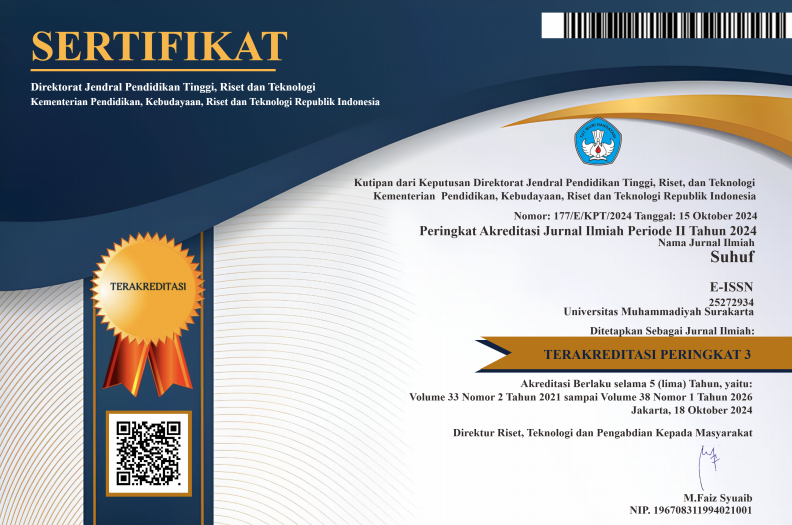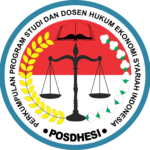Editorial Board Reviewers Peer Review Process Author Guidelines Publication Ethics Generative AI Policies Open Access Policy Plagiarism Policy Focus and Scope Article Processing Charge Abstracting and Indexing Contact Journal Metrics Digital Archiving Scopus Citation
Submissions
Submission Preparation Checklist
As part of the submission process, authors are required to check off their submission's compliance with all of the following items, and submissions may be returned to authors that do not adhere to these guidelines.- The submission has not been previously published, nor is it before another journal for consideration (or an explanation has been provided in Comments to the Editor).
- The submission file is in OpenOffice, Microsoft Word, or RTF document file format.
- Where available, URLs for the references have been provided.
- The text is single-spaced; uses a 12-point font; employs italics, rather than underlining (except with URL addresses); and all illustrations, figures, and tables are placed within the text at the appropriate points, rather than at the end.
- The text adheres to the stylistic and bibliographic requirements outlined in the Author Guidelines.
Articles
Section default policyCopyright Notice
The articles published in Suhuf: International Journal of Islamic Studies are protected by copyright. The copyright holder is SUHUF unless otherwise stated. This Copyright Notice provides important information for readers and authors regarding the ownership of copyright and the permitted use of the journal's content.
1. Copyright Ownership: a. Unless otherwise specified, the copyright for all articles published in Suhuf: International Journal of Islamic Studies belongs to SUHUF. This includes the text, images, and any other material contained within the articles. b. In cases where the copyright belongs to the author or a third party, it will be clearly indicated within the article.
2. Licensing Agreements: a. SUHUF may utilize licensing agreements, such as Creative Commons licenses, to grant certain rights to readers and users of the journal's content. The specific licensing agreements for each article will be clearly stated within the article itself. b. The licensing agreements may specify the permissions granted for the use, reproduction, distribution, and adaptation of the articles. It is important for readers and users to review and comply with the terms of the respective licensing agreement for each article.
3. Permissions and Use of Content: a. If you wish to use or reproduce any content from SUHUF, including articles, images, or any other material, beyond the permissions granted by the applicable licensing agreement, you must seek permission from SUHUF or the respective copyright holder. b. Requests for permissions or any inquiries regarding the use of SUHUF's content should be directed to the journal's editorial office. Contact information can be found on the SUHUF website or within the journal.
4. Compliance with Copyright Laws: a. Readers and users of SUHUF's content are responsible for complying with all applicable copyright laws and regulations. b. Unauthorized use, reproduction, distribution, or adaptation of the journal's content, beyond the permissions granted by the applicable licensing agreement or without obtaining prior permission, may constitute a violation of copyright laws.
By accessing and using SUHUF's content, readers and users acknowledge and agree to comply with the terms and conditions set forth in this Copyright Notice.
Privacy Statement
The names and email addresses entered in this journal site will be used exclusively for the stated purposes of this journal and will not be made available for any other purpose or to any other party.


















